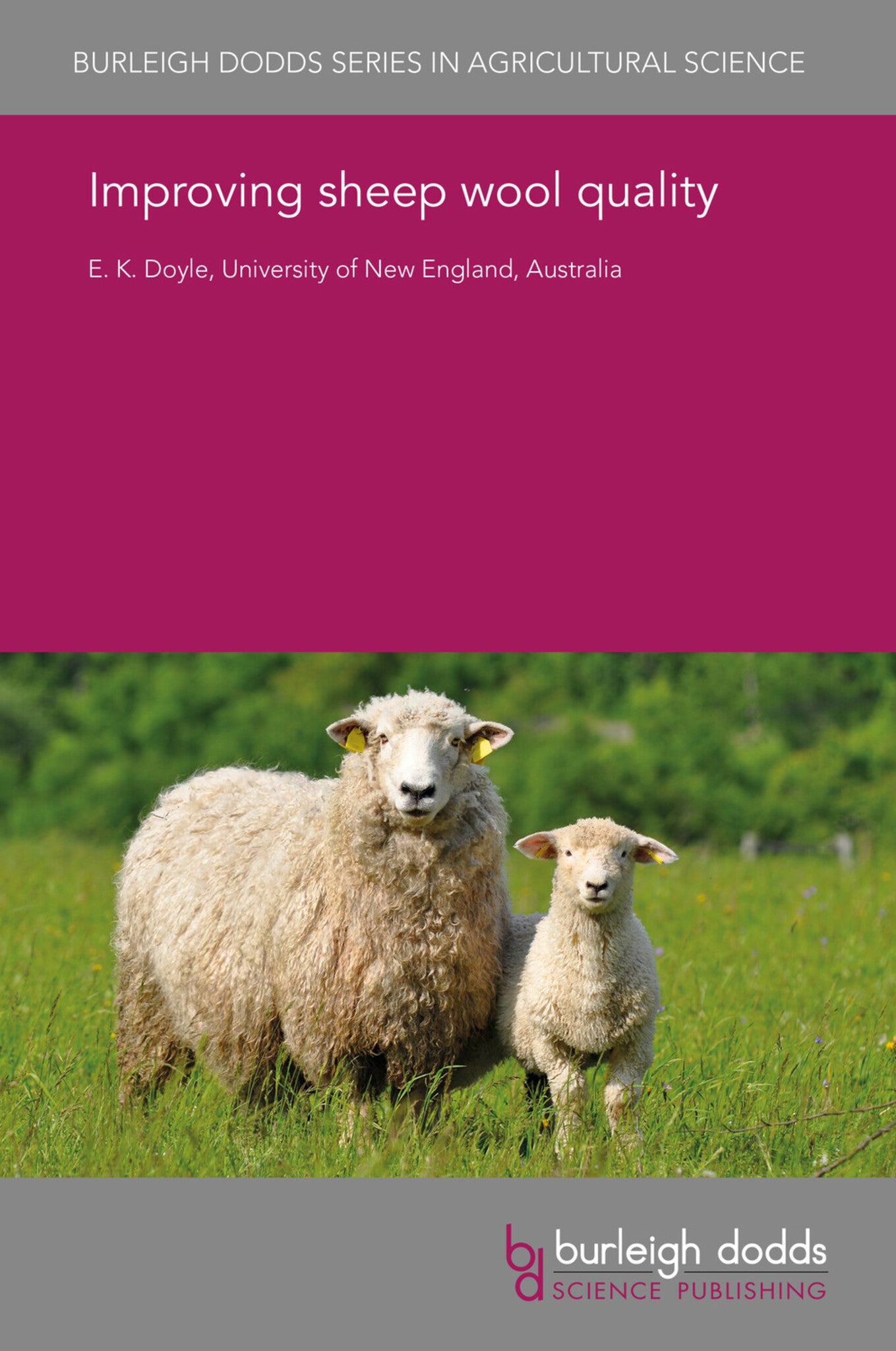We're sorry. An error has occurred
Please cancel or retry.
Improving sheep wool quality

Some error occured while loading the Quick View. Please close the Quick View and try reloading the page.
Couldn't load pickup availability
- Format:
-
25 September 2017


TECHNOLOGY & ENGINEERING / Agriculture / Sustainable Agriculture, Animal husbandry, TECHNOLOGY & ENGINEERING / Agriculture / Animal Husbandry, Sustainable agriculture

1 Introduction 2 Wool quality 3 Wool production 4 Selection of superior genetics and breeding 5 Health and welfare management for improved wool quality 6 Nutritional management and wool production 7 Precision sheep management 8 Woollen products and consumer awareness of provenance 9 Conclusion: sustainability of the wool industry into the future 10 Where to look for further information 11 References



